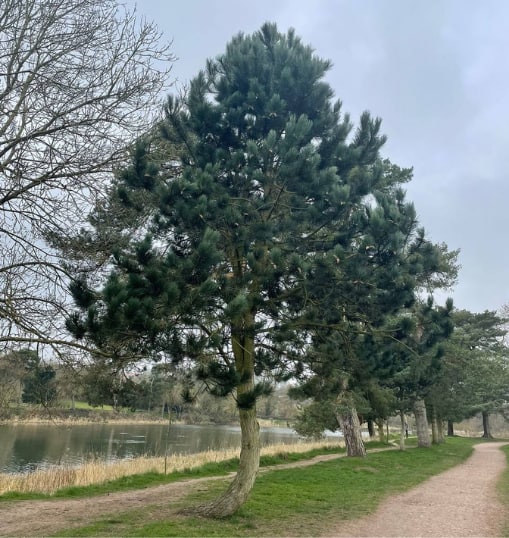Tree crown reduction is an essential tree surgery technique that not only improves the aesthetic appeal of a tree but also ensures its long-term structural stability. For property owners in Sheppey, Kent, where strong winds and unpredictable weather are common, maintaining the health and stability of trees is crucial for safety and landscape preservation. At Sheppey Tree Surgeons, we specialise in professional crown reduction services designed to enhance the structural integrity of trees while preserving their natural beauty.
In this blog, we will explore the long-term benefits of tree crown reduction and how it contributes to the overall stability and health of trees.
1. Enhanced Structural Stability
Crown reduction involves carefully pruning and reshaping the tree’s canopy, reducing its overall height and spread. This technique helps to balance the tree’s weight distribution and reduces the risk of branches snapping or the tree becoming unstable during high winds or storms. By removing excess weight from the canopy, crown reduction minimises the strain on the tree’s trunk and root system, promoting long-term stability.
In Sheppey, where coastal winds can put additional pressure on trees, crown reduction ensures that your trees remain sturdy and less prone to structural failure.
2. Prevention of Storm Damage
Large, overgrown trees are more vulnerable to storm damage, as their dense canopies can catch the wind like a sail. This increases the likelihood of branches breaking or the entire tree toppling over in extreme weather conditions. Crown reduction helps prevent such damage by reducing the wind resistance of the tree, making it more resilient during storms.
For property owners in Sheppey, this is a significant benefit, as reducing the risk of storm-related tree damage helps protect buildings, vehicles, and other assets located near trees.
3. Improved Tree Health
Overcrowded or poorly structured tree canopies can restrict light penetration and airflow, leading to reduced photosynthesis and increased susceptibility to diseases. By thinning out the tree’s canopy through crown reduction, you improve air circulation and allow more sunlight to reach the inner branches. This promotes healthier growth and reduces the risk of fungal infections and pest infestations.
At Sheppey Tree Surgeons, we focus on maintaining the health of your trees by using precise and effective crown reduction techniques that encourage robust growth while protecting the tree from disease.
4. Extending the Tree’s Lifespan
One of the long-term benefits of crown reduction is the potential to extend the lifespan of the tree. By removing dead, dying, or weak branches, crown reduction prevents decay from spreading through the tree. It also reduces the likelihood of significant branch failure, which can stress or compromise the tree’s structure.
A properly maintained tree is more likely to live longer and remain a healthy, valuable feature in your garden or landscape.
5. Maintaining a Safe Environment
Trees with overgrown or weakened branches pose a safety hazard, particularly if they are located near homes, roads, or public areas. Falling branches can cause significant damage to property or injure people below. Crown reduction helps to mitigate these risks by removing dangerous limbs and ensuring that the tree’s canopy is safely contained within its structural capacity.
At Sheppey Tree Surgeons, safety is a top priority, and our crown reduction services are designed to keep your property and surroundings safe while maintaining the beauty of your trees.
6. Preserving the Tree’s Natural Shape
Unlike topping, which involves cutting off large sections of the tree and can lead to unsightly regrowth, crown reduction is a more refined method that preserves the tree’s natural shape and form. This is particularly important for property owners who value the aesthetic contribution of their trees to the landscape.
Our experienced team at Sheppey Tree Surgeons takes great care to ensure that crown reduction enhances the tree’s appearance, allowing it to remain a striking and healthy feature of your garden.
Conclusion
Tree crown reduction is an invaluable technique for promoting the long-term structural stability, health, and aesthetic appeal of your trees. By reducing the size and weight of the canopy, crown reduction prevents storm damage, enhances tree health, and prolongs the lifespan of trees, all while ensuring safety for those nearby. At Sheppey Tree Surgeons, we are dedicated to providing professional tree surgery services that maintain the natural beauty of your landscape while protecting your property from potential risks.
Call us on: 01795 718597
Click here to find out more about Sheppey Tree Surgeons
Click here to complete our contact form and see how we can help with your tree’s needs.
